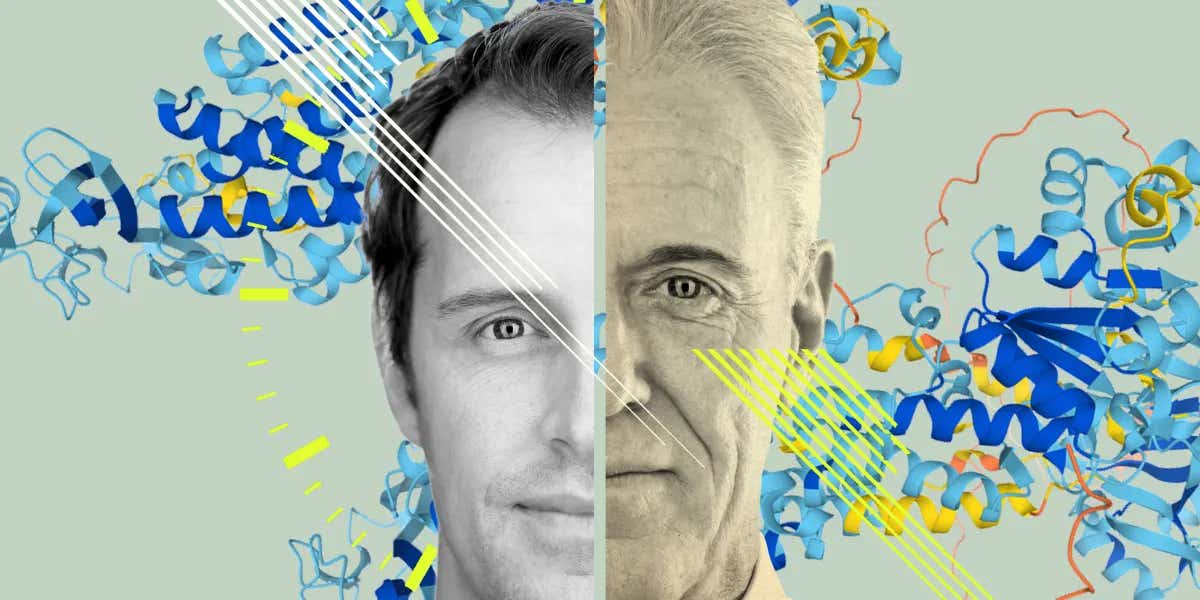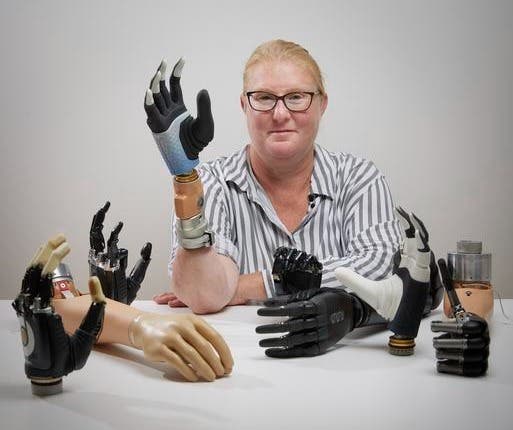Researchers use proteins to measure ageing and disease risk
As we age, the DNA and proteins that make up our bodies gradually change, causing our bodies to function less effectively. This decline increases our susceptibility to age-related diseases.

Could measuring protein clumps in our cells predict our risk of age-related diseases? (CREDIT: Creative Commons)
Could measuring protein clumps in our cells predict our risk of age-related diseases? Professors Dorothee Dormann and Edward Lemke from Johannes Gutenberg University Mainz (JGU), who are also adjunct directors at the Institute of Molecular Biology (IMB) in Mainz, propose the concept of a "protein aggregation clock" to gauge aging and health. Their perspective article was recently published in Nature Cell Biology.
As we age, the DNA and proteins that make up our bodies gradually change, causing our bodies to function less effectively. This decline increases our susceptibility to age-related diseases, such as cardiovascular disease, cancer, and Alzheimer's disease.
One significant change is that proteins in our cells can become misfolded and clump together, forming aggregates known as amyloids. Although misfolding can affect any protein, a particular group called intrinsically disordered proteins (IDPs) is especially prone to forming amyloids. IDPs, which make up around 30 percent of the proteins in our cells, have no fixed structure and behave like flexible, dynamic strands of cooked spaghetti.
Scientists know that aggregates formed from IDPs tend to accumulate in many long-lived cells, such as neurons or muscle cells, as we age. These aggregates can lead to various age-related diseases, particularly neurodegenerative diseases like Alzheimer's and Parkinson's. Thus, the presence of many aggregates in a cell could indicate poor cell health or a higher likelihood of developing an age-related disease. Dormann and Lemke suggest that IDP aggregation could serve as a biological "clock" to measure a person's health and age.
If developed into a sensitive diagnostic test, a protein aggregation clock could be incredibly useful. Doctors could use it to diagnose age-related diseases at very early stages or identify individuals at higher risk of developing these diseases as they age. This early identification could lead to preventative treatments before severe disease develops. Additionally, scientists could use the clock to assess the effectiveness of new experimental treatments aimed at reducing protein aggregation to prevent or delay age-related diseases.
"In practice, we are still far away from a routine diagnostic test, and it is important that we improve our understanding of the fundamental mechanisms leading to IDP aggregation," said Dormann. "However, we want to stimulate thinking and research in the direction of studying protein aggregates to measure biological ageing processes," Lemke added. "We are optimistic that in the future we will be able to overcome the current challenges of reading a protein aggregation clock through more research on IDP dynamics and making further technological developments."
While there are other "clocks" to measure aging and health, most are based on nucleic acids like DNA. Dormann and Lemke believe that a biological clock based on proteins would complement these existing clocks, as proteins are among the most abundant molecules in cells and are essential for all cellular functions. They hope that with the help of a protein aggregation clock, scientists and doctors will move closer to promoting healthy aging and preventing age-related diseases.
Dormann and Lemke's research is part of their contribution to the Center for Healthy Ageing (CHA), a virtual research center launched in 2021. The CHA brings together scientists in basic and clinical research from across Mainz who focus on aging and age-related diseases. Their findings aim to promote healthy aging and develop treatments to prevent or cure age-related diseases.
Their work underscores the potential of a protein aggregation clock in revolutionizing how we understand and measure aging. By studying protein clumps, scientists could unlock new ways to predict, diagnose, and treat age-related diseases. This research represents a promising step towards improving health outcomes for aging populations and helping people live healthier, longer lives.
Note: Materials provided above by the The Brighter Side of News. Content may be edited for style and length.
Like these kind of feel good stories? Get the Brighter Side of News' newsletter.
Joshua Shavit
Science & Technology Writer | AI and Robotics Reporter
Joshua Shavit is a Los Angeles-based science and technology writer with a passion for exploring the breakthroughs shaping the future. As a contributor to The Brighter Side of News, he focuses on positive and transformative advancements in AI, technology, physics, engineering, robotics and space science. Joshua is currently working towards a Bachelor of Science in Business Administration at the University of California, Berkeley. He combines his academic background with a talent for storytelling, making complex scientific discoveries engaging and accessible. His work highlights the innovators behind the ideas, bringing readers closer to the people driving progress.



